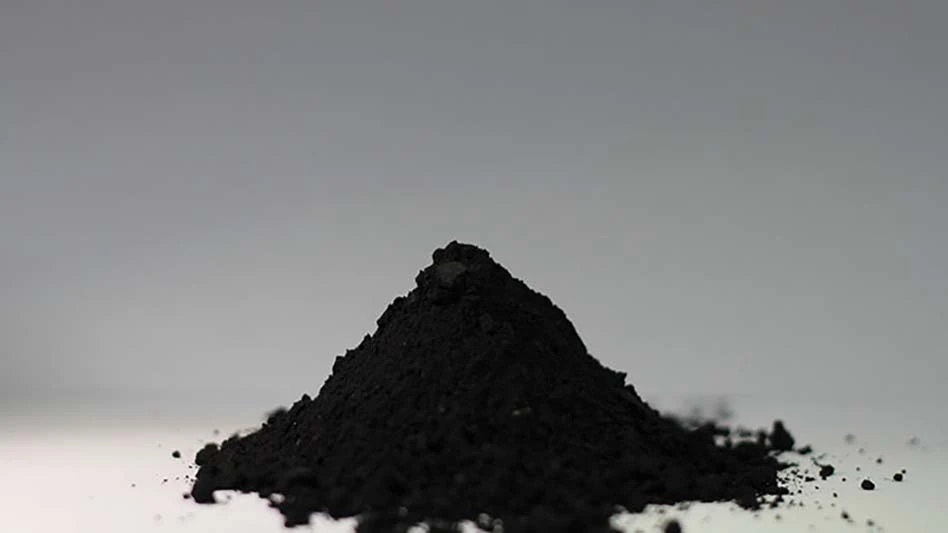
Dmytro Panchenko | stock.adobe.com
The Middleton, Wisconsin-based National Association for PET Container Resources (NAPCOR) has released a life cycle analysis conducted in 2023 that studied the ban of plastic bottles at the San Francisco International Airport (SFO), which warns of the negative environmental consequences of banning plastic bottles in airports, stadiums and other large venues.
Banning the sale of plastic bottles in such venues is purported to be in the interest of the environment, yet research shows that recyclable PET (polyethylene terephthalate) bottles are better for the planet than common alternative beverage packaging, NAPCOR says.
RELATED: Bottle-to-bottle circularity grows in 2022
The SFO implemented a total ban on the sale of plastic water bottles in August 2019. NAPCOR says its research indicates that since the ban began, replacing 9,000 water bottles sold daily with aluminum cans would mean an estimated 1,100 metric tons of cumulative extra CO2 emissions, compared to the greenhouse gas impacts from water bottles.
Using the U.S. Environmental Protection Agency (EPA) Greenhouse Gas Equivalencies Calculator as a guide, the organization says these additional emissions are equivalent to the greenhouse gas impacts of driving 2.8 million miles in a gas-powered passenger vehicle and equivalent to CO2 emissions from:
- 2,500 barrels of oil consumed;
- 1.2 million pounds of coal burned;
- 200-plus U.S. homes’ electricity use for one year or;
- 133 million smartphone charges
“There’s a common and dangerous misconception regarding the impact of plastics versus other packaging materials,” NAPCOR Executive Director Laura Stewart says in a news release. “However, research unequivocally shows that when it comes to beverage packaging, the more sustainable answer is polyethylene terephthalate, better known as PET. Large venues are touting environmental benefits with a ban on plastic containers; in fact, these moves are counterproductive and ultimately cause more harm than good.”
When it comes to beverage delivery systems and making a positive impact on the environment, NAPCOR says its research found that PET beverage bottles are the best choice when compared to aluminum and glass packaging systems in the U.S. It adds that PET bottles also have a lower impact on several key environmental metrics, including greenhouse gas emissions, expended energy, water consumption and emissions related to smog formation, acid rain and eutrophication potential.
Additionally, the report claims glass carbonated drink beverage bottles tend to have the highest environmental impacts for these areas of concern, followed by aluminum beverage cans, then PET bottles. NAPCOR’s research also found that, compared with a 12-ounce aluminum can, a 16.9-ounce PET plastic water bottle:
- consumes 80 percent less energy during production;
- creates 80 percent less solid waste;
- uses 53 percent less water during production;
- has a 74 percent lower global warming potential; and
- generates 68 percent to 83 percent fewer emissions that contribute to acid rain and smog formation
“PET bottles are the best beverage container choice for our planet,” Stewart says. “We are concerned about the detrimental environmental effects these total plastic bans will have on the environment. If large venues like the San Francisco Airport that already have a recycling infrastructure in place want to have a positive impact on the environment, they should be investing in, and advocating for, the proper recycling of PET plastic bottles instead of banning them.”
Get curated news on YOUR industry.
Enter your email to receive our newsletters.
Latest from Recycling Today
- Reworld partners with Mystic Aquarium
- BIR calls for fair standards, circular solutions in defining ‘green steel’
- LME reports active Q2
- Liberty Steel assets facing financing deadlines
- Sims is part of Australian recycling loop
- Tariffs target steel exporters Brazil, Canada and South Korea
- Buy Scrap Software to showcase its software at Scrap Expo in September
- LG details recycling activities





